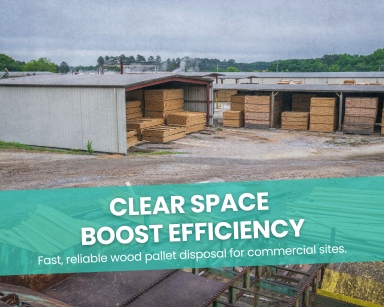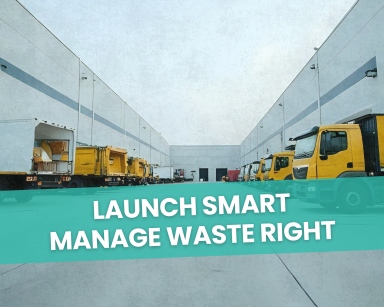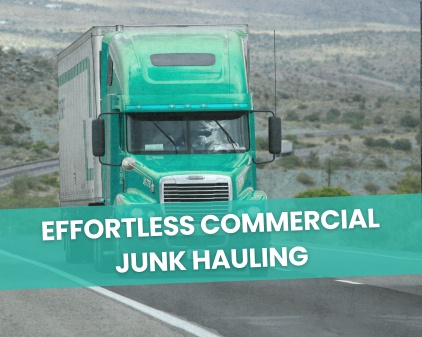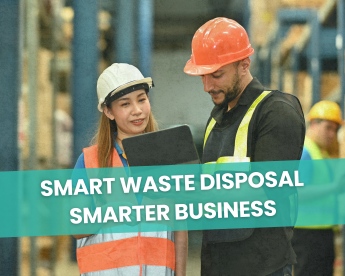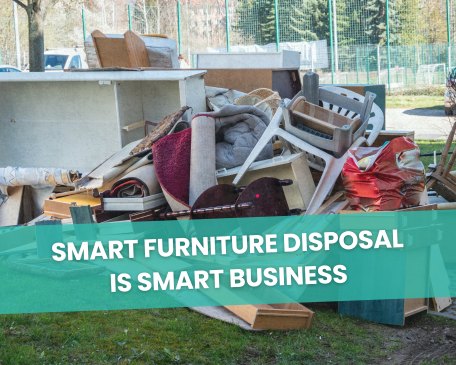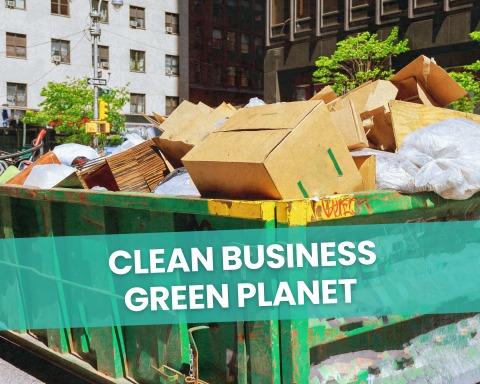PPE Disposal: The Ins and Outs of Personal Protective Equipment Waste Disposal
In 2023, as the world grapples with the aftermath of the pandemic, a new challenge has emerged on the horizon: PPE disposal. With billions of masks, gloves, and other protective gear used daily, the question arises: How do we dispose of these items responsibly?
This wasn’t simple before the pandemic, but now it’s even more complicated. With a rising demand for PPEs and a limited capacity to recycle them, we have to look at alternative solutions.
Table of Contents
The Current State of PPE Disposal
Nothing has been more important in the fight against COVID-19 than personal protective equipment (PPE). At first, it seemed that the production and distribution of PPEs was a near-impossible task, but we eventually got it done. However, now the bigger challenge is how to dispose of these items responsibly.
- The Global PPE Waste Crisis
The numbers are staggering. Over 5.8 billion items of excess PPE are in storage as of March 2023, and the environmental implications are dire. A significant portion of this waste ends up in landfills, oceans, and even in pristine natural habitats like the New Forest land, causing irreversible damage to our planet’s source.
- The Financial Implications for Businesses
Storing unused PPE is not just an environmental concern, it’s a financial burden. Governments and businesses are spending millions annually to store unused PPE. Yet, with the right strategies, businesses can save up to 50% on waste disposal costs.
The Downside of Traditional PPE Disposal Methods
With the rise in these numbers, An immediate solution was required to combat the excess PPE. Businesses and governments resorted to traditional disposal methods like incineration and landfilling, but these methods have proven unsustainable in the long run. Incineration releases harmful pollutants into our atmosphere while landfilling requires a significant amount of space, which is a finite resource.
Environmental Impact
The sudden influx of plastic from PPE has had a profound impact on our environment. From marine life to terrestrial ecosystems, the effects are far-reaching and alarming. The lesser known of them are,
- Microplastics: Fragmenting PPEs are polluting our soils and waterways, posing a potential risk to the food chain.
- Acidification and Eutrophication of Oceans: PPEs are made from non-biodegradable materials such as plastic, which releases harmful toxins into the ocean when exposed to sunlight. These toxins then lead to acidification and eutrophication, which can cause mass coral bleaching.
Societal Implications
Beyond the environmental concerns, there’s a human aspect to consider. Using expired or damaged PPE can compromise safety, leading to health risks and a false sense of security. While this may not be an issue in affluent countries, it proves catastrophic for those in less privileged areas. such as
- Inadequate access to PPE: Without the right infrastructure, there can be an inadequate supply of PPE, leading to under-protection and a higher risk of infection.
- Cost barriers: The high cost of purchasing new PPEs puts them out of reach for many in developing countries.
What Can Be Done?
The good news is that there are methods to combat the increasing number of PPE waste and its associated risks. One stands out in particular: Beneficial reuse.
- What is Beneficial Reuse?
Unlike recycling or liquidation, beneficial reuse focuses on repurposing unwanted inventory to serve a greater good. It’s about turning excess into opportunities, ensuring that products like PPE find a second life in communities that need them.
- The Advantages of Adopting Beneficial Reuse
By adopting beneficial reuse, businesses can make a tangible difference. Not only does this approach reduce waste and prevent environmental contamination, but it also supports communities in need. Take, for instance, Happen Ventures’ initiative in Puerto Rico. Instead of discarding unwanted sanitizer, they donated it to local charities, providing essential hygiene products during the pandemic’s challenging times.
How Businesses Can Adopt Beneficial Reuse
When it comes to implementing beneficial reuse, there are some steps that businesses can take. One of them is partnering with recycling organizations that specialize in repurposing medical-grade materials.
- Partnering with the Right Organizations
Companies like Happen Ventures are at the forefront of the beneficial reuse movement. They offer a comprehensive approach to disposal, ensuring that products are not just discarded but are repurposed to serve communities in need.
- The Financial Incentives
Adopting beneficial reuse is not just about doing good, it’s also financially savvy. Businesses can save up to 50% on waste management costs and even avail of tax deductions, all while boosting their sustainability profile.
Conclusion
The disposal challenge is real, but with innovative solutions like beneficial reuse, we can turn this challenge into an opportunity. It’s time for businesses to rethink their waste management strategies and embrace a more sustainable, community-centric approach.


